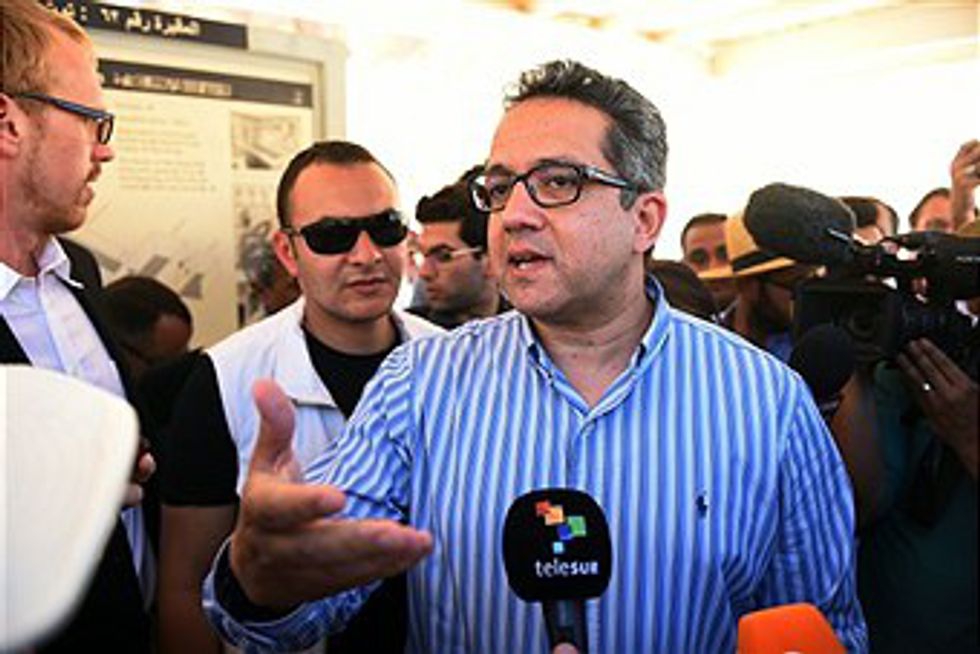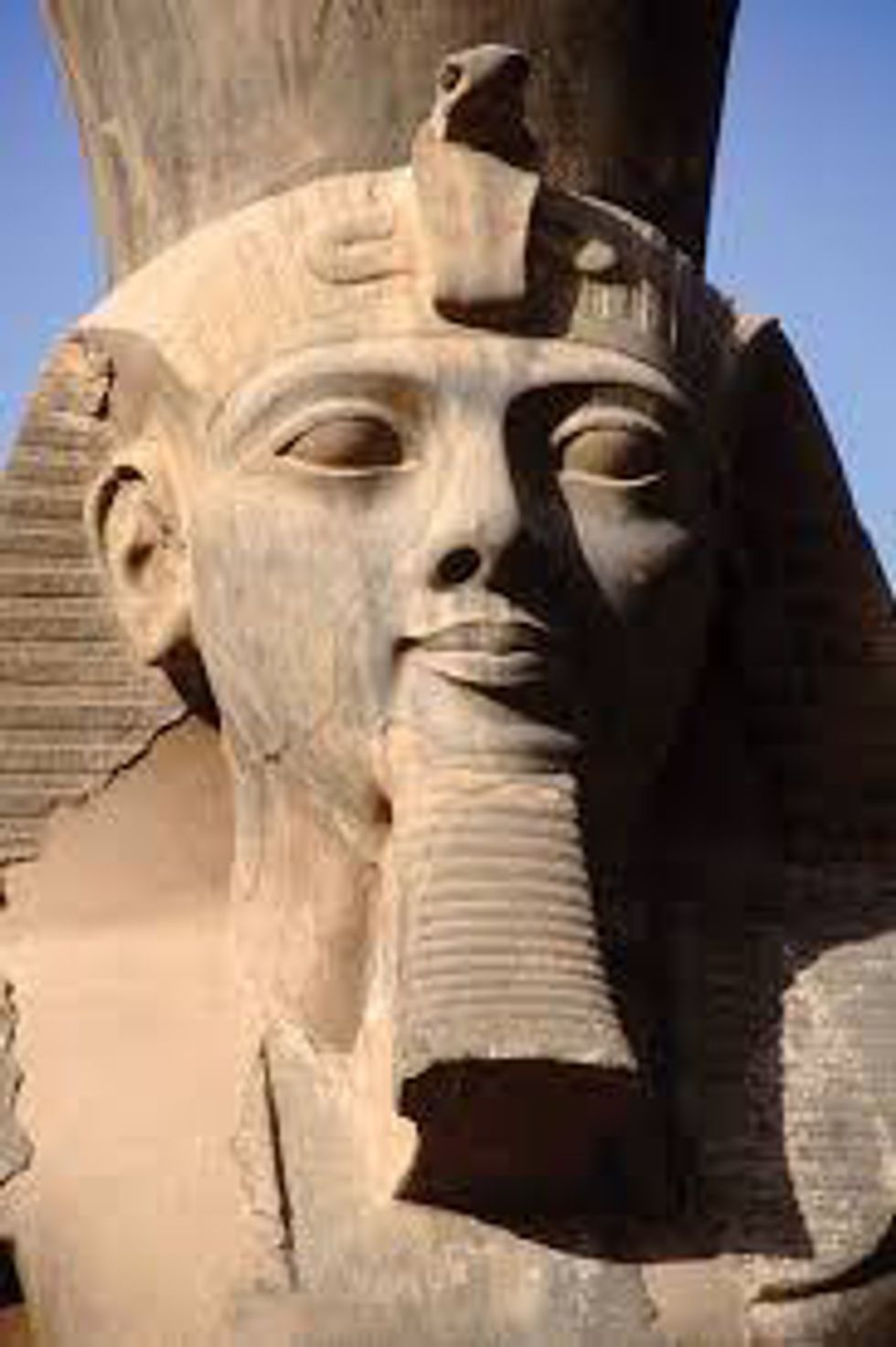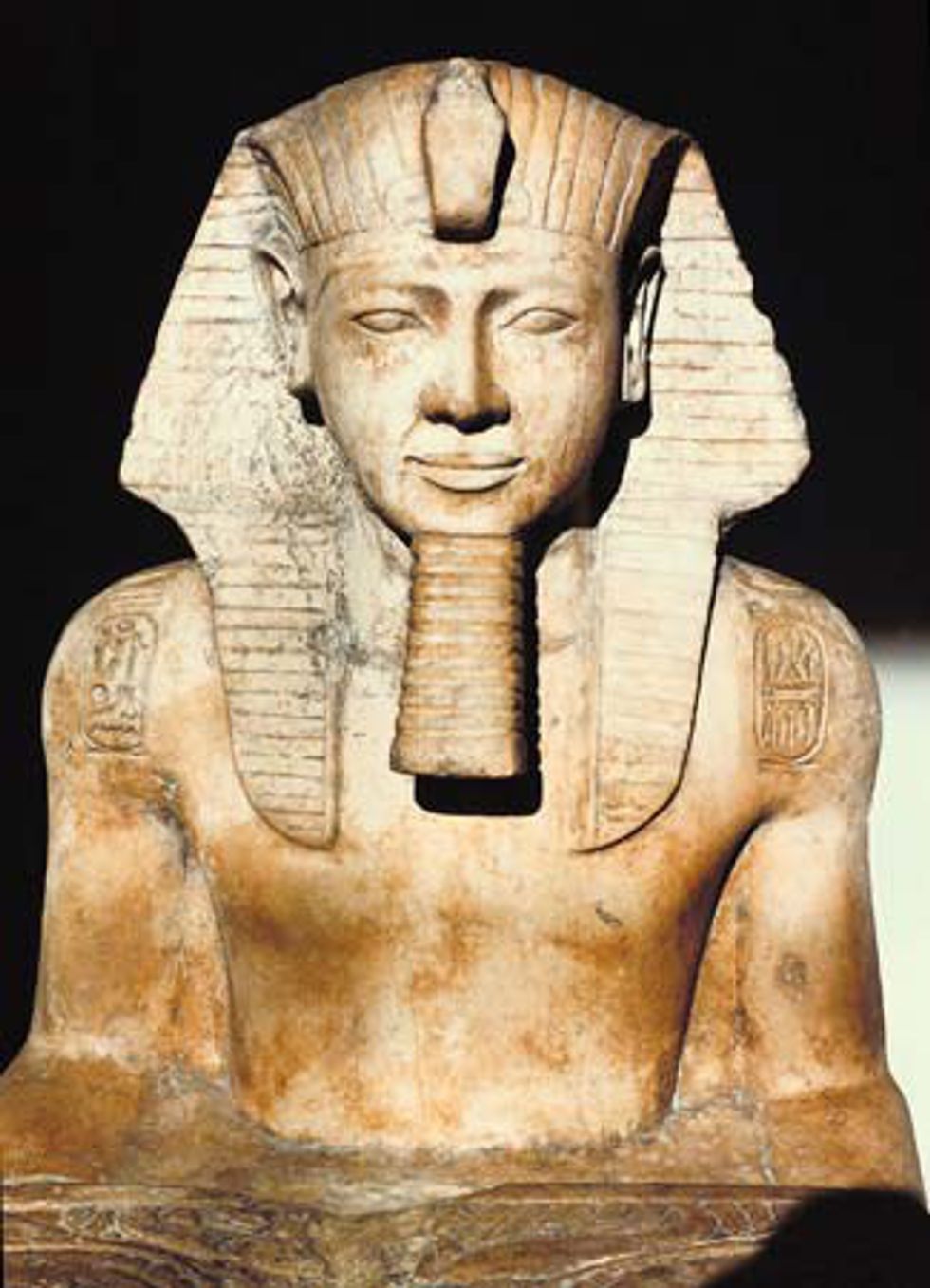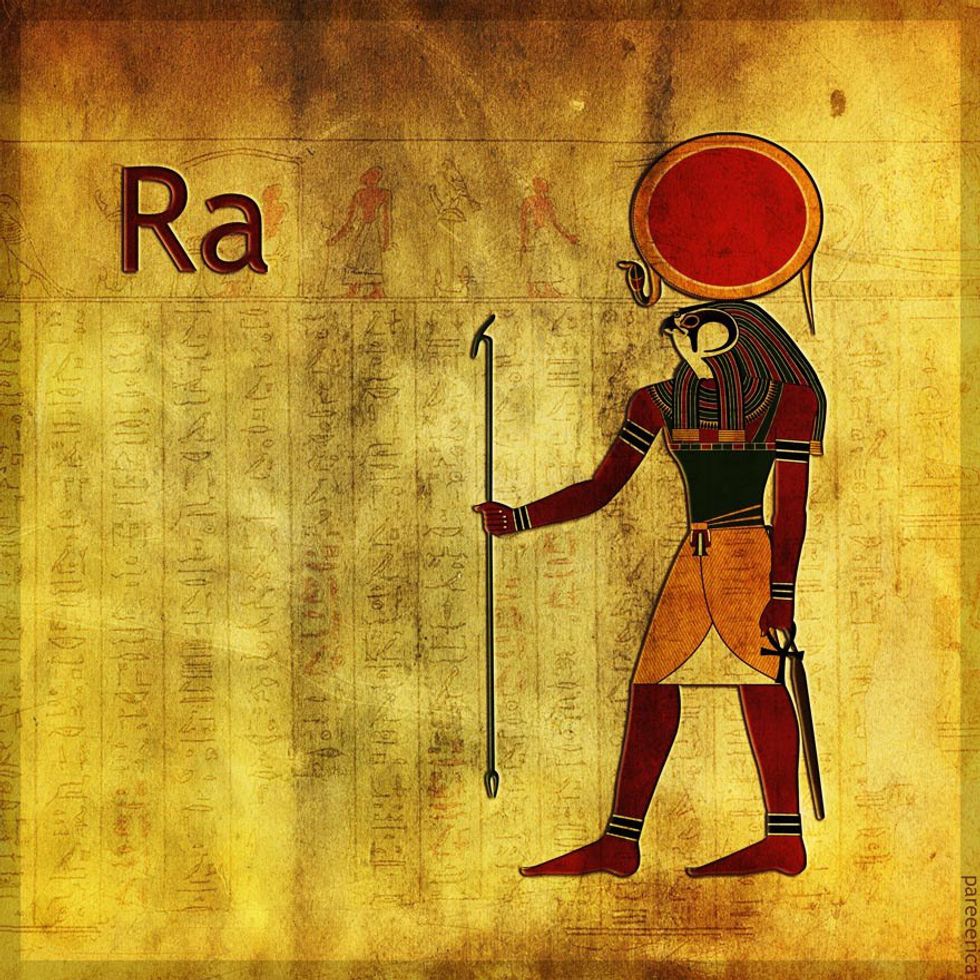Last Thursday, Antiquities Minister Khaled al-Anani announced that an eight-meter statue was found submerged in a Cairo slum. The statue, thought to contain the likeness of Pharaoh Ramses II, was found near the ruins of his temple in eastern modern-day Cairo (known in the 2nd Intermediate Period as Heliopolis).
While the entire statue was not uncovered, archaeologists from Egypt and Germany found the bust, lower part of the head, an ear, and the fragment of one eye. The team was able to use a massive forklift to pull the statue's head out of the water as the news media, officials, and local residents looked on.
In addition to the statue, the Egyptian-German team also found the 80 centimeter long upper half of a life size limestone statue depicting Ramses II's grandson, Pharaoh Seti II.
The temple, which was destroyed sometime during the Greco-Roman Period (332 B.C.E. - 395 CE), was one of the largest in Ancient Egypt and dedicated to the sun god Ra. Following its destruction, many of its obelisks were moved to Alexandria and Europe, and its stone
were were for foundations as the city of Cairo began to develop. According to ancient tradition, Ramses never lived in the temple, as it was believed that Ra and only Ra could live there.
This historic discovery could boost Egypt's once thriving tourism industry, which has decreased since the removal of former political leader Hosni Mubarak in 2011 and has strongly suffered since the bomb attack in October 2015 that brought down Metrojet Flight 9268, killing all 224 passengers on board.
Following both of these discoveries, the team and several other experts plan on attempting to extract the remaining pieces of both statues and restore them. Should this prove successful, they plan on moving the colossus to the Grand Egyptian Museum's entrance, the planned largest archaeological museum in the world, which is set to open in 2018.



























